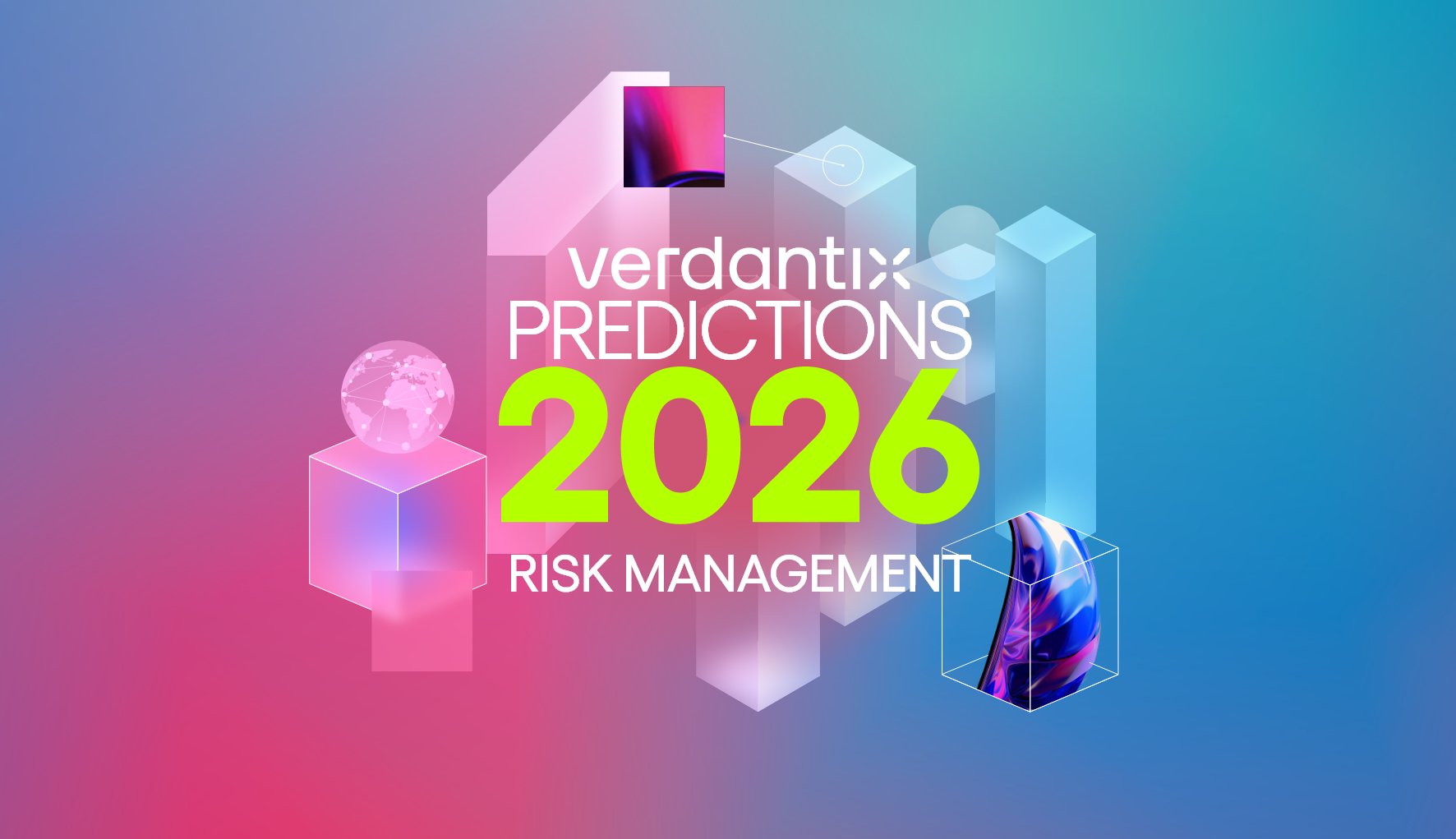Strategic Focus: Regulatory Radar And The Next Wave Of AI Risk Compliance

Renee Murphy
Access this research
Access all Corporate Risk Leaders content with a strategic subscription or buy this single report
Need help or have a question about this report? Contact us for assistance
Executive Summary
The EU’s Artificial Intelligence Act took effect on August 1, 2024, with firms facing enforcement around most requirements from August 1, 2026. The regulation transcends borders, applying to systems used in the EU, regardless of whether the providers, deployers, importers or distributors are based in the region themselves. With AI having rapidly permeated business activities and tasks, firms must now consider the implications of the EU AI Act and understand how to remain compliant. In this report, we provide risk and compliance executives with an overview of the Act and offer guidance on how to manage these new compliance risks.
Businesses need to adapt – and governance is the answer
Risk management looms large in the legislation
Risk management is both a requirement – and the solution
About the Authors

Renee Murphy
Principal Analyst
Renee Murphy is a Principal Analyst at Verdantix. Her current research targets GRC, with a particular focus on the integration of ESG into GRC. Prior to joining Verdantix, Ren...

Katelyn Johnson
Senior Manager
Katelyn is a Senior Manager at Verdantix, specializing in enterprise risk management and external risk and resilience. She helps executives navigate today’s evolving ris...
View Profile






